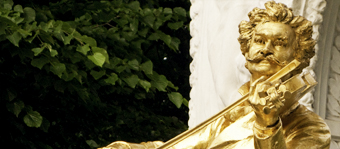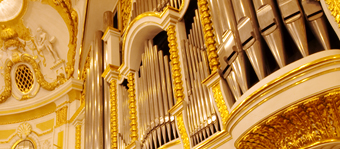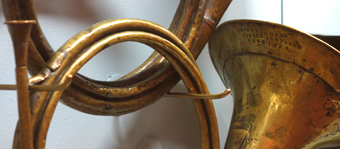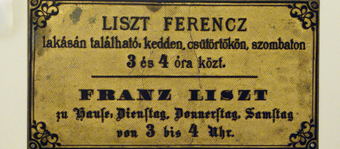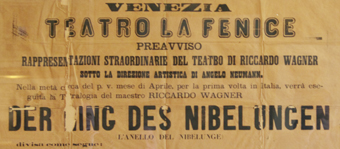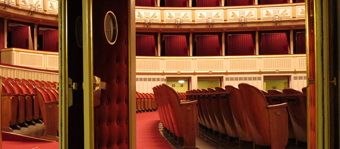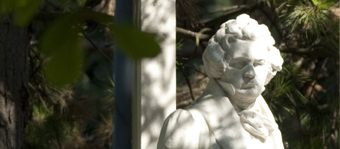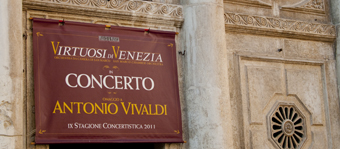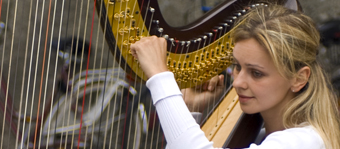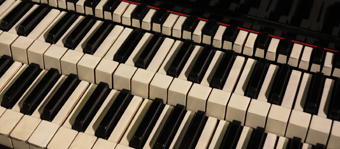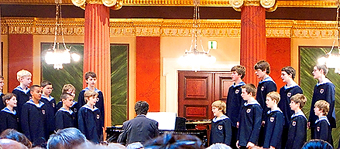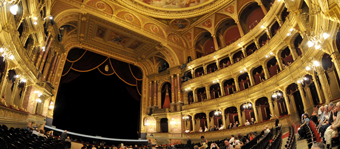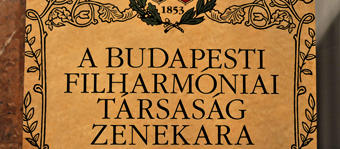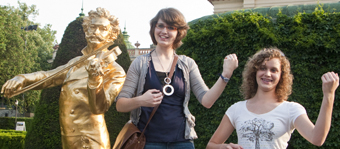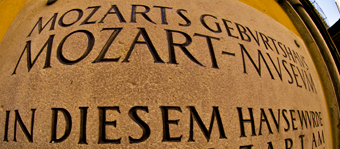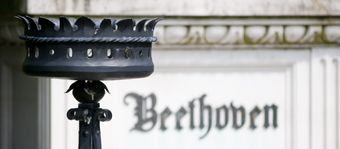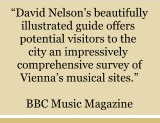When a piece of music is considered a masterpiece, it frequently receives numerous performances by well-rehearsed orchestras in the world’s finest concert halls. But what is often true is that these great works started their musical lives in less than ideal circumstances. Beethoven’s miraculous Fifth Symphony is a case in point. Here is the story a premiere fraught with problems.
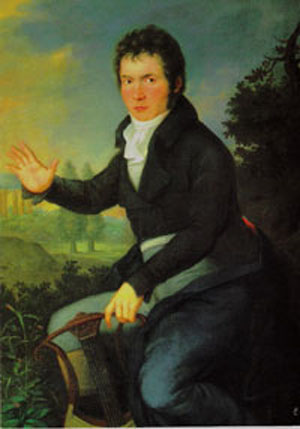
Joseph Willibrod Maehler's portrait of Beethoven from 1804 or 1805, a few years before the Fifth Symphony.
In Vienna in the end of the 18th century and the earliest years of the 19th, most orchestral concerts were either lighter summer offerings or winter concerts designed to raise money for a charity or for the benefit of a particular composer. Mozart is well-known for presenting these concerts; they were called “Academies”.
In 1807, a series of concerts was started that was solely for the musical enjoyment of the performers and listeners. The orchestra members tended to be dilettantes and the audience was primarily members of noble families. The performances were called Liebhaber-Konzerte, or Concerts for Music Lovers. Twenty such concerts were given in 1807-08, and Beethoven was one of the featured composers.
In most of these concerts, the composers made modest sums of money from performances of their music. But this series had three concerts whose box-office receipts were given to public charities, and Beethoven contributed his music or virtuoso piano playing to these events. It is unsure whether the monumental composer was just being generous or was trying to get into the good graces some important promoters in Vienna, but we do know that Beethoven’s contributions to these three concerts gave him what he wanted: an entire concert for his own benefit in the Theater an der Wien. It was set for December 22, 1808, and the Fifth Symphony was on the program.
In an ideal world, the concert in which such a grand symphony was first performed would have been a spectacular event. This was hardly the case.
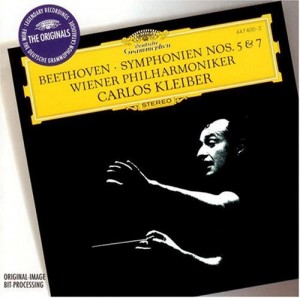
David Nelson's favorite recording of the symphony, Carlos Kleiber's performance with the Vienna Philharmonic recorded in 1975.
One problem was an unprecedented length of the concert. Beethoven apparently thought if there was a good thing, then more of a good thing was better. So the initial program included the 5th and 6th symphonies, two movements from the Mass in C, a vocal aria, and the 4th Piano Concerto (with Beethoven as soloist). The 5th Symphony was originally going to close the program, but the composer did not think its ending would be strong enough to hold the audience’s attention after a long concert. So what did he do? Beethoven wrote another work to close the concert with more a more impressive ending: the Fantasia for Piano, Orchestra and Chorus.
The marathon concert lasted from 6:30 to 10:30, a full four hours long. And if sitting through that much music was not hard enough already, the theater had inadequate heat to handle the cold Viennese winter. One of those in attendance described sitting in the theater “in the bitterest cold” but could not leave because “Beethoven was in the middle of conducting and was close at hand”.
So much new and challenging music turned out to be a bigger problem, and this was compounded by not having adequate rehearsals. One writer commented that “Beethoven…had found in the rehearsals and performance a lot of opposition and almost no support” and that “it had been found impossible to get a single full rehearsal for all the pieces to be performed, all [were] filled with the greatest difficulties”.
Beethoven was also uncompromising during the concert by demanding perfection by the musicians. He later wrote, “The musicians were particularly angry because when a blunder was made through carelessness in the simplest, plainest place in the world, I stopped them suddenly, and loudly called out ‘Once Again’… The public showed its enjoyment of this”.
And finally, if there were not enough problems already with this evening, the printed program reversed the numbers of the two symphonies. What we know today at the Fifth was listed as Symphony No. 6, what we know today of the Sixth was listed as the Fifth. No one seems to know why this happened.
After such an inauspicious beginning, we might wonder how the “Fifth” – as well as the other pieces on the program – were ever heard again. The answer to this is simple. Great pieces can transcend and survive bad performances and still go on. We can just hope that today’s audiences do not need to bring their winter coats into the auditorium.
Click here to see more about the cemeteries of the great musicians you can see on the tours of In Mozart’s Footsteps.
This program note first appeared in Greensboro, North Carolina’s News and Record on September 19, 2010.
